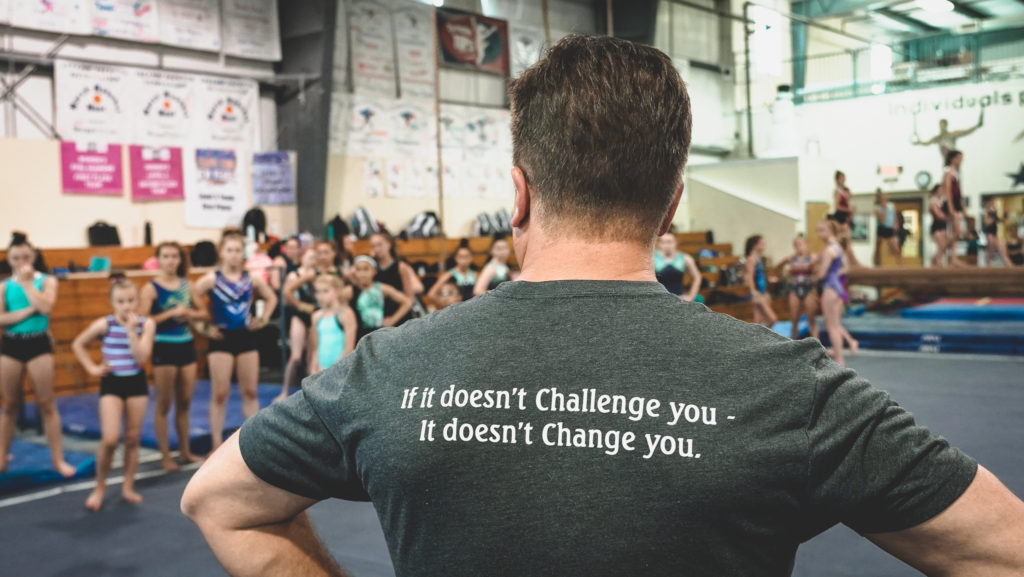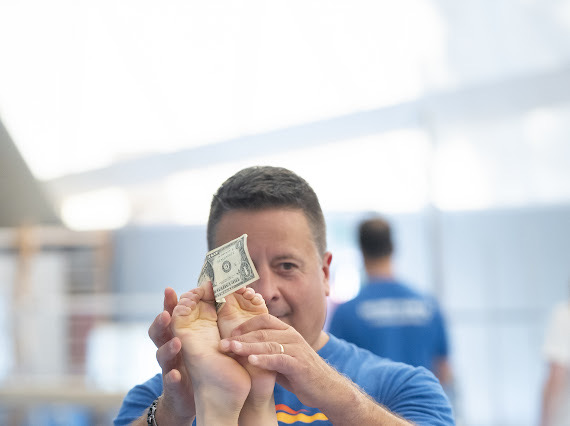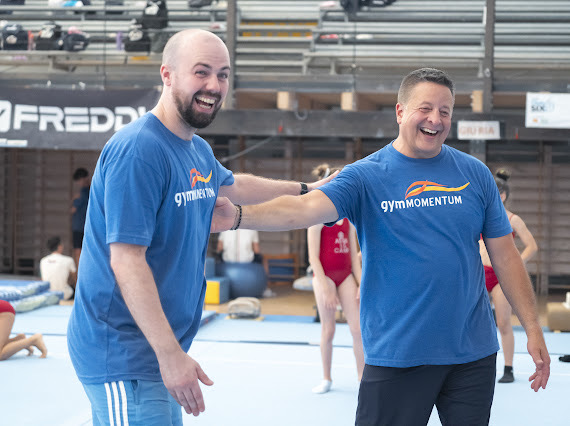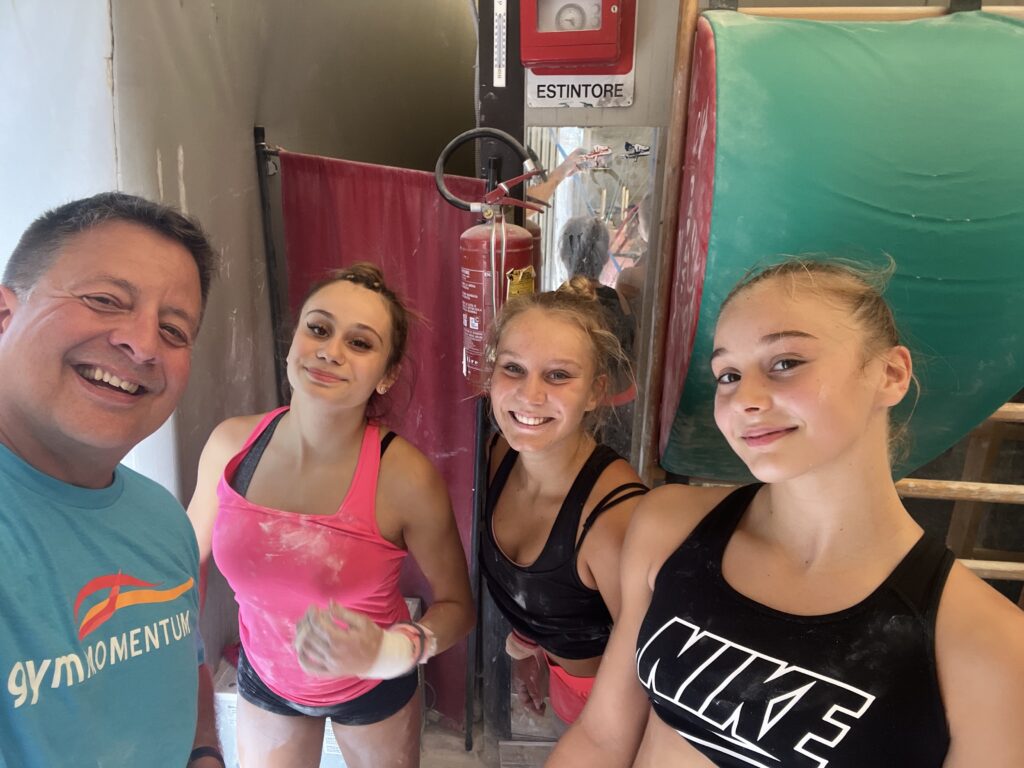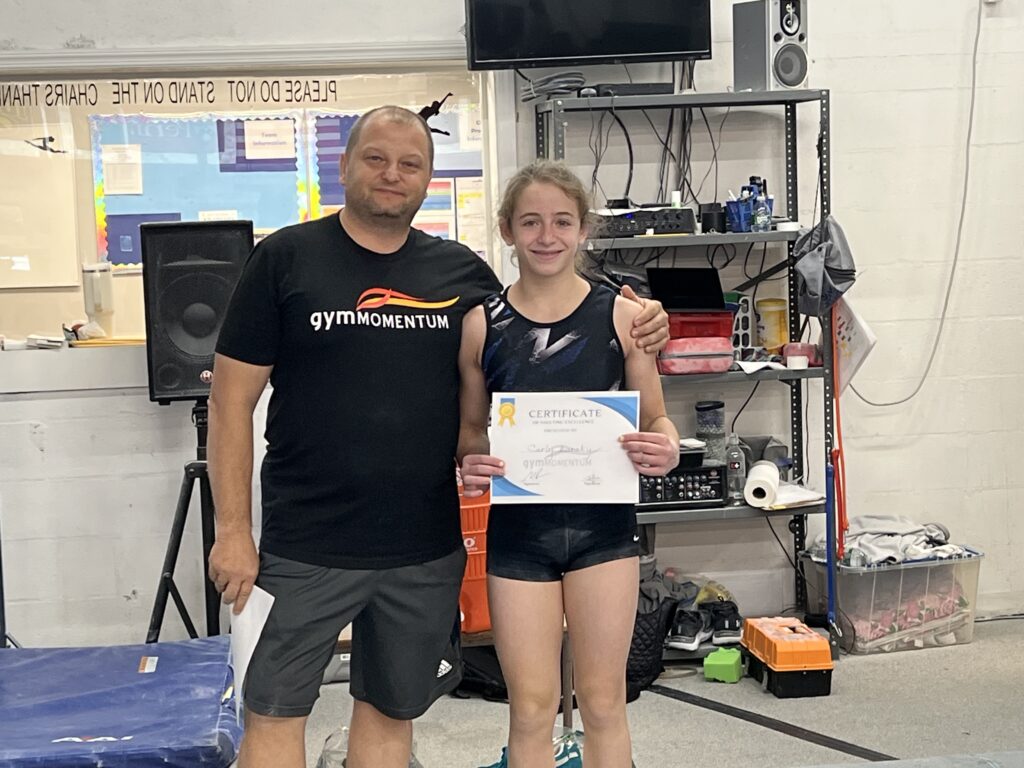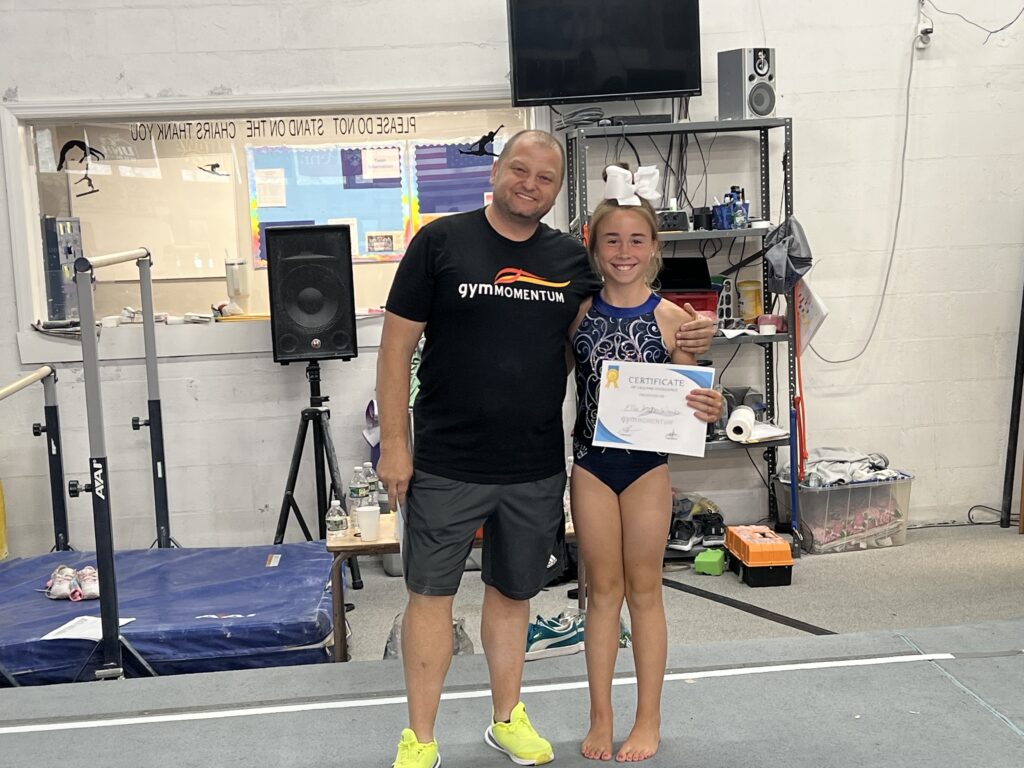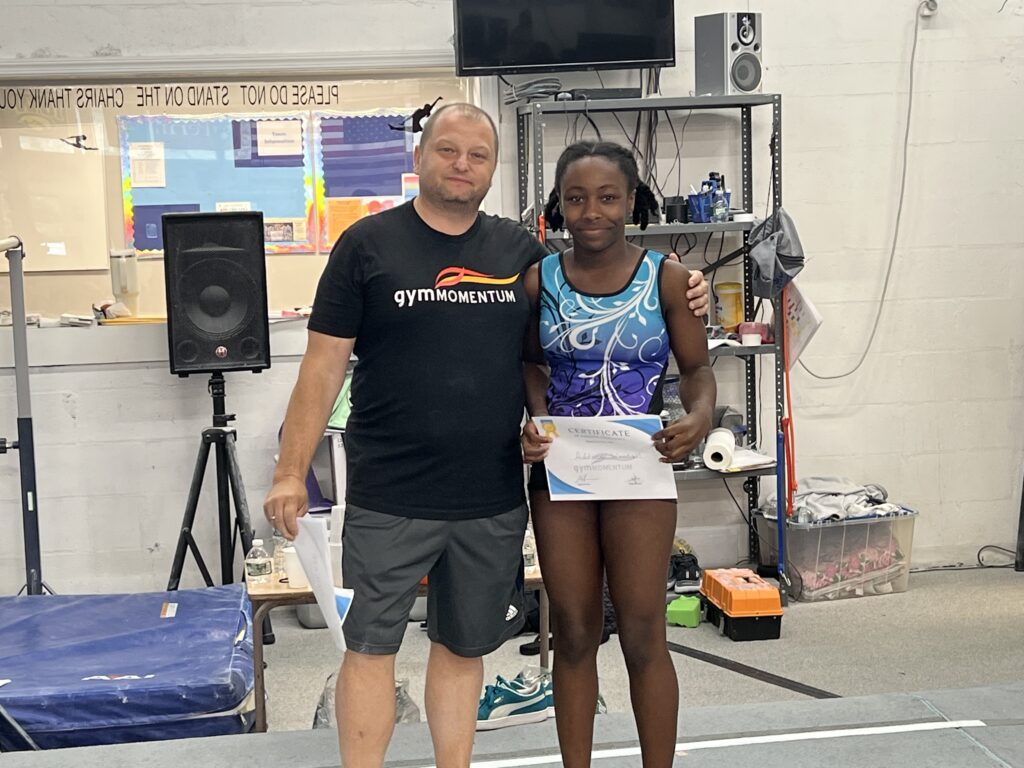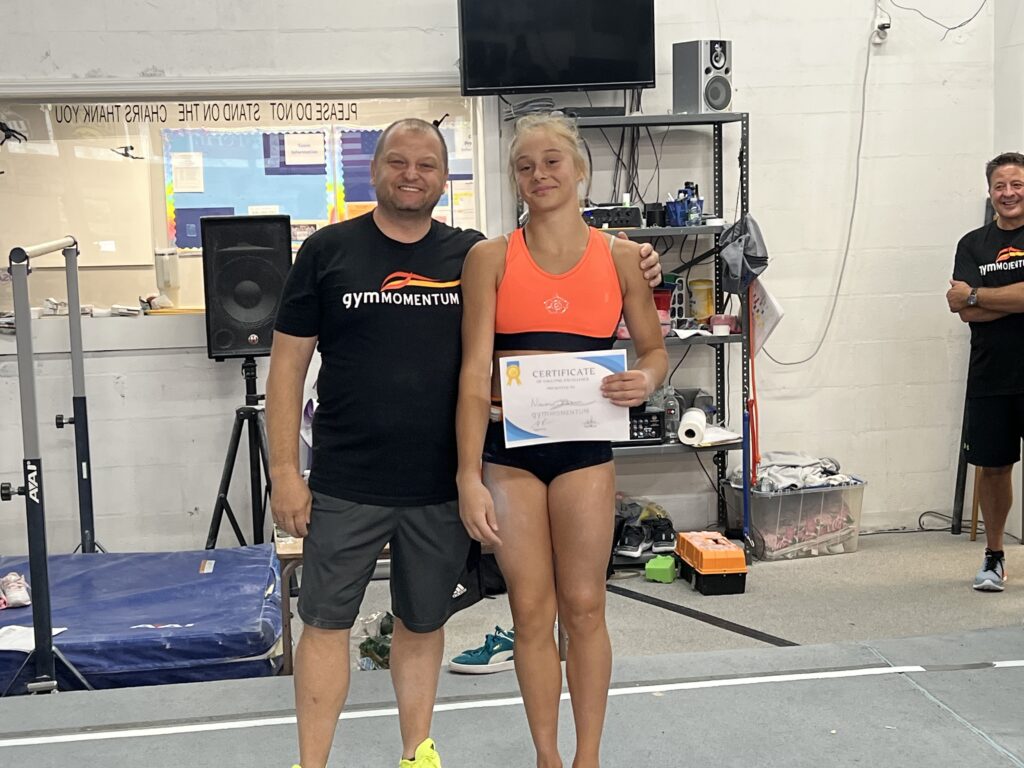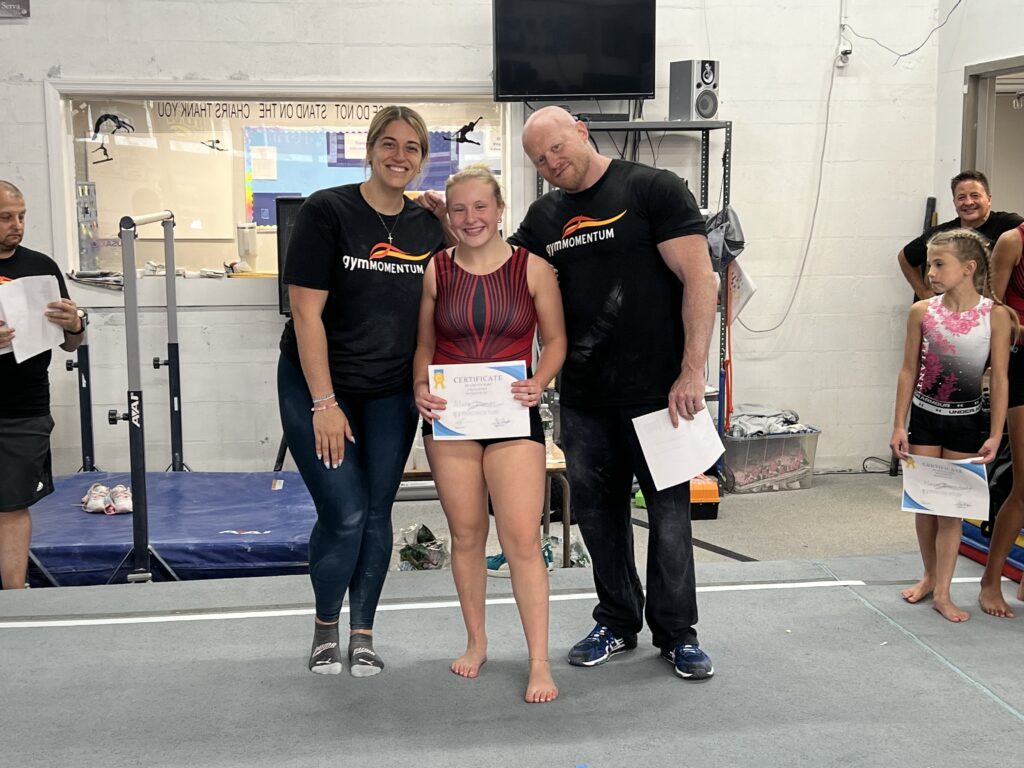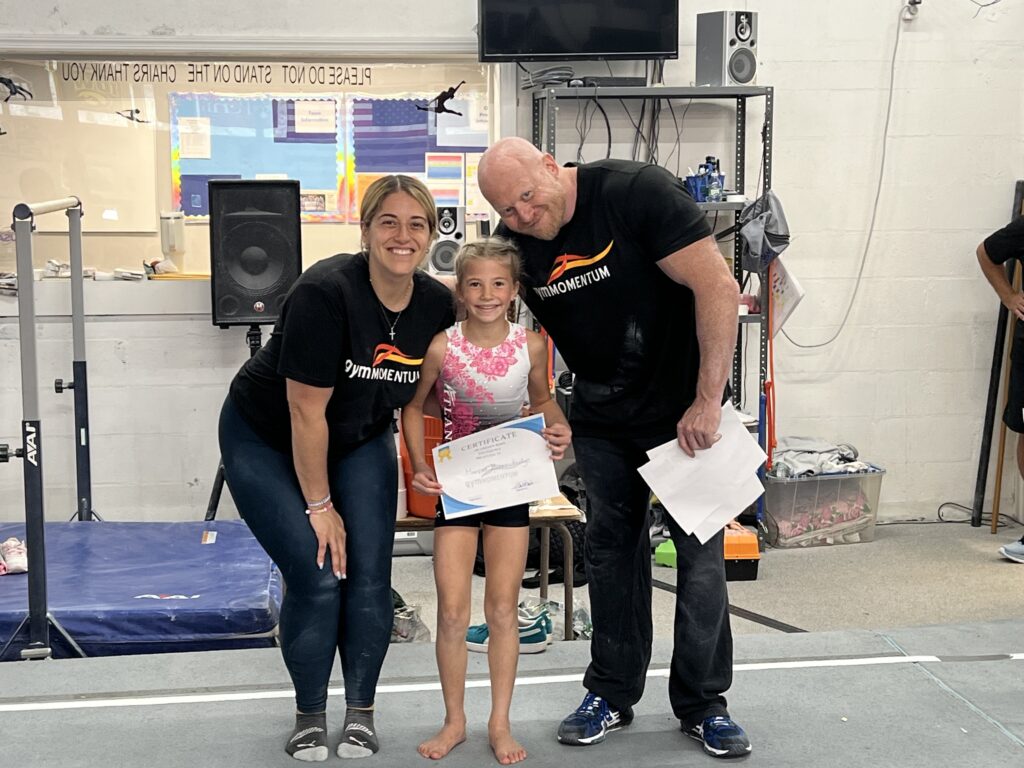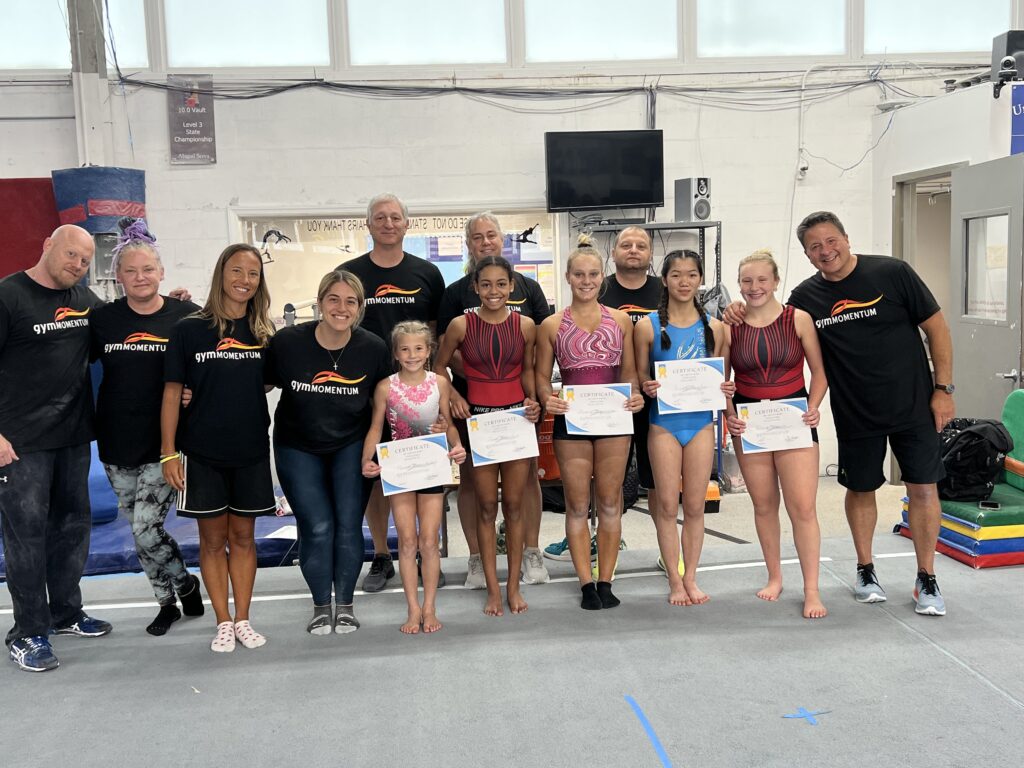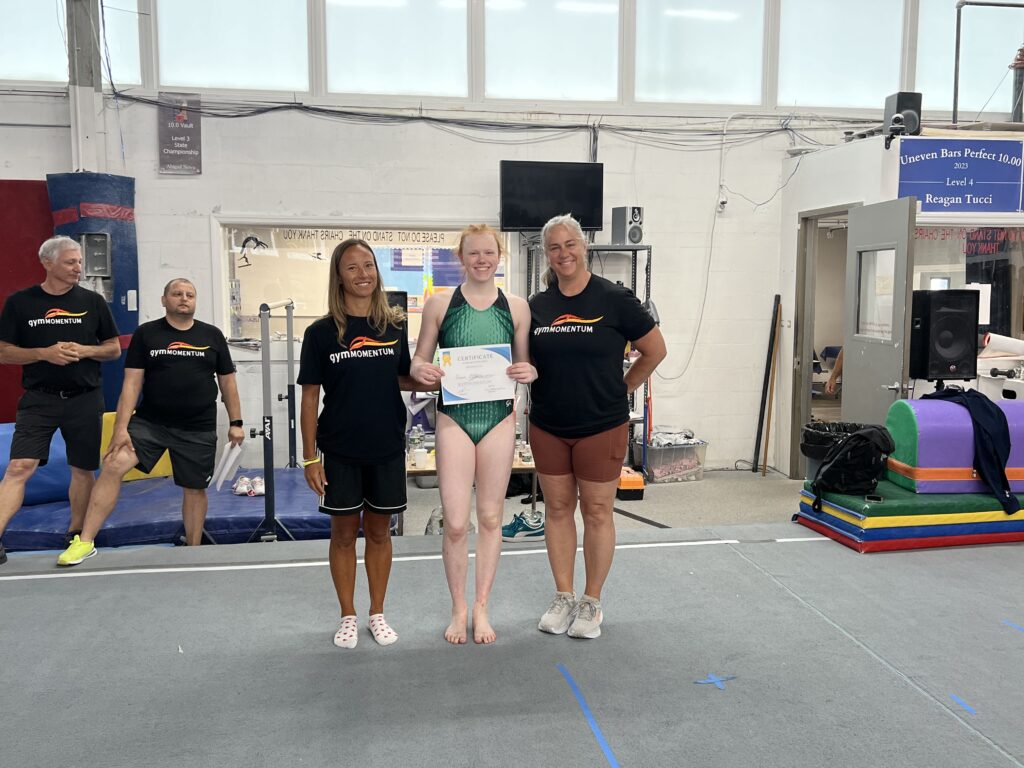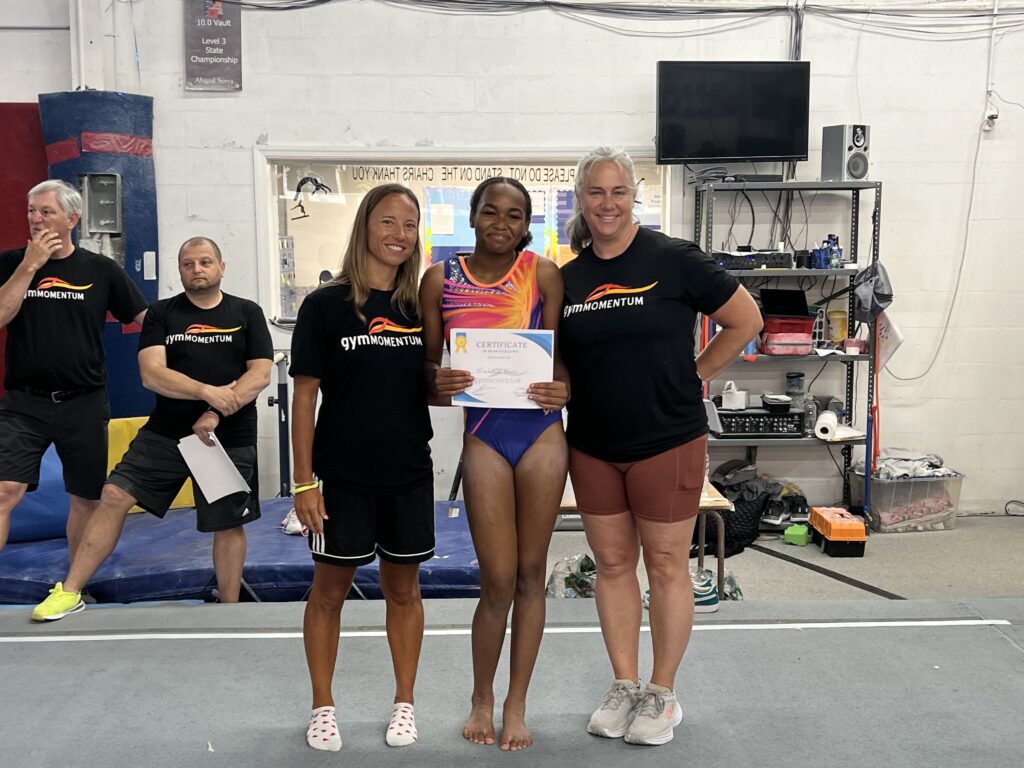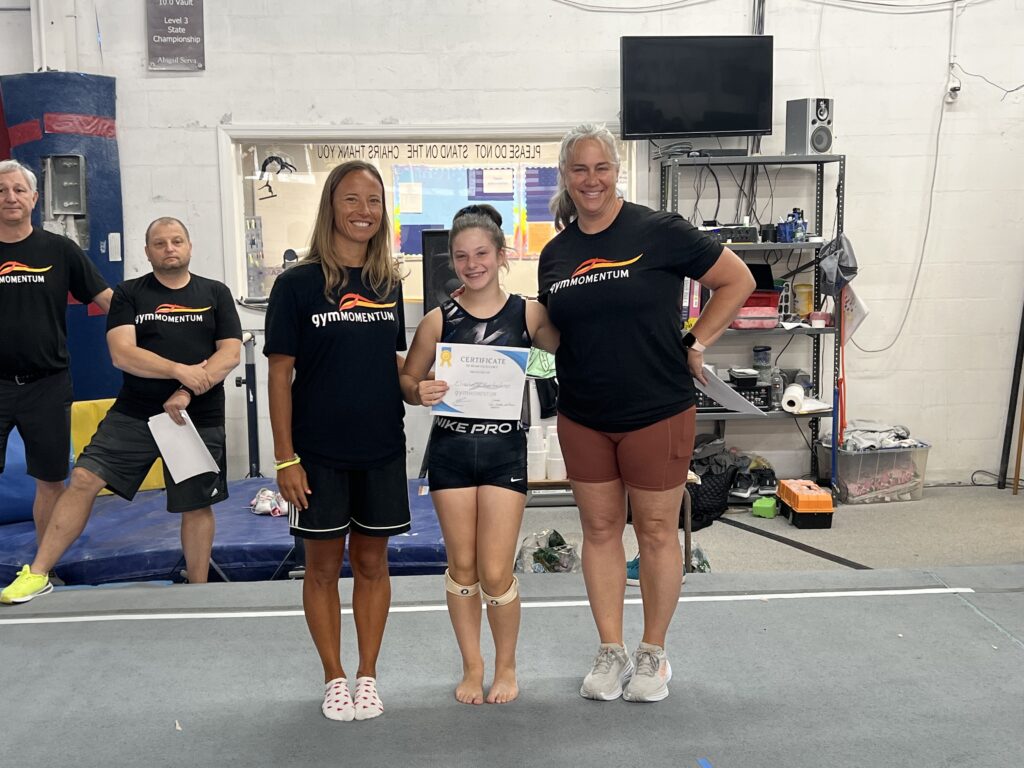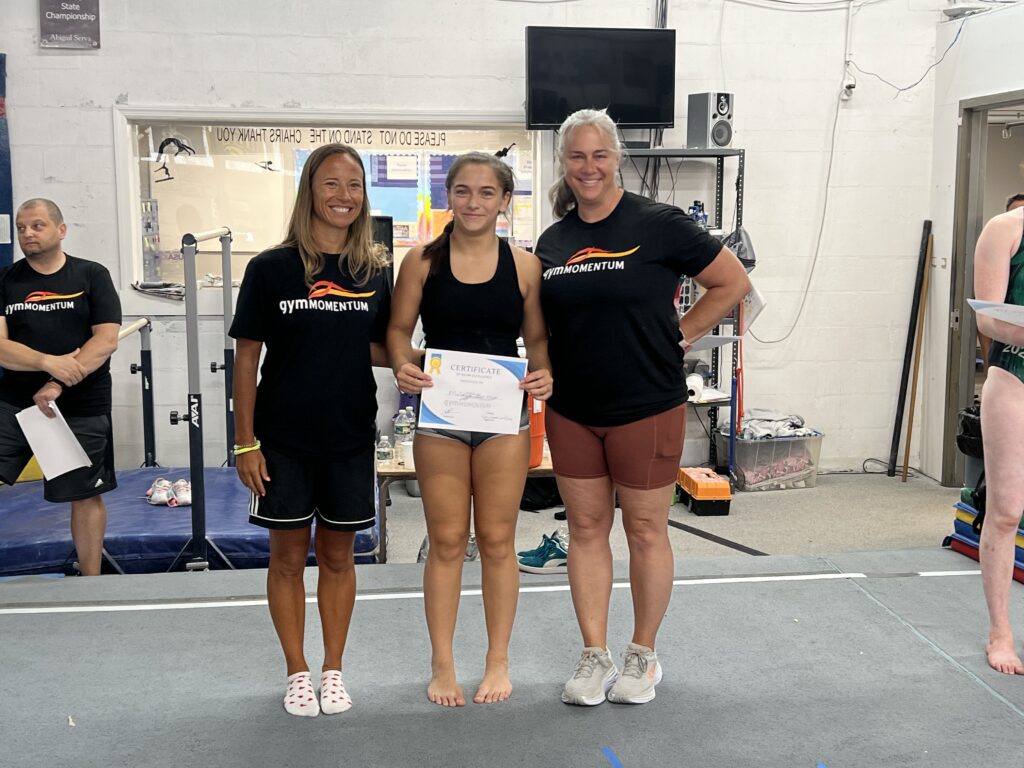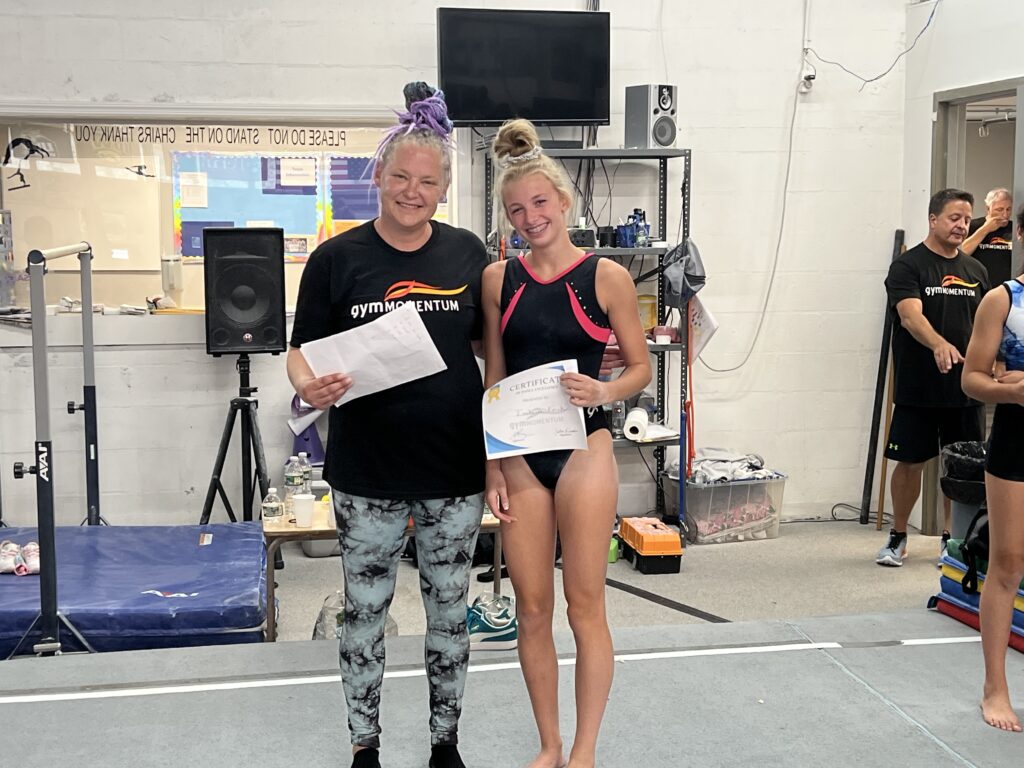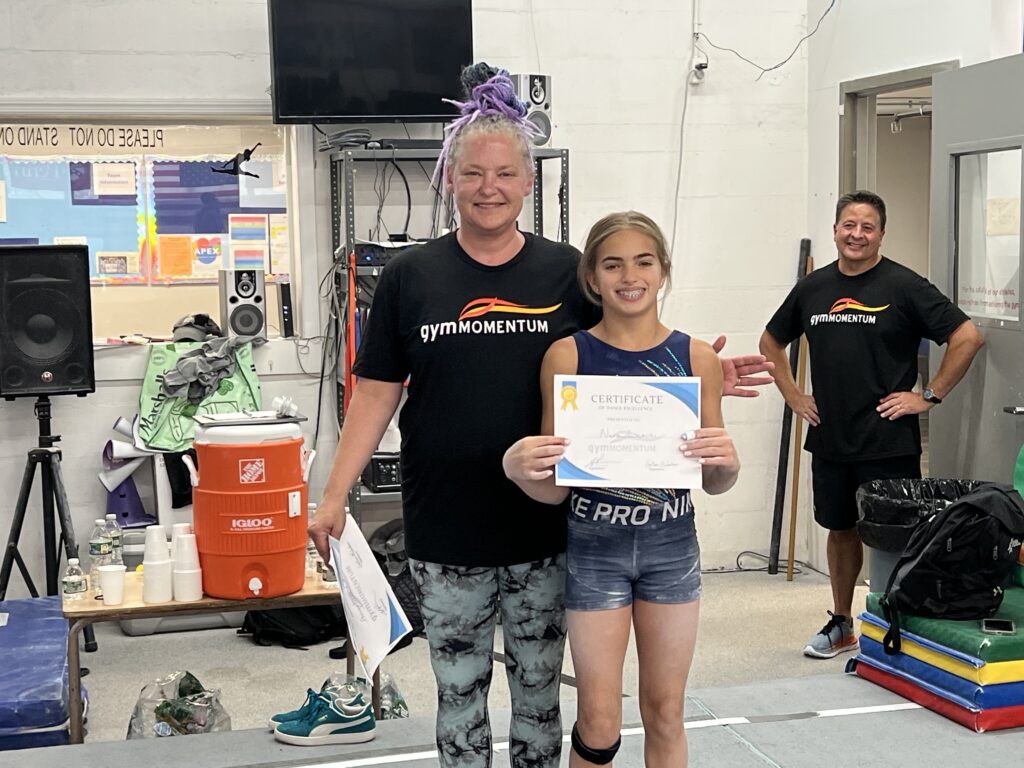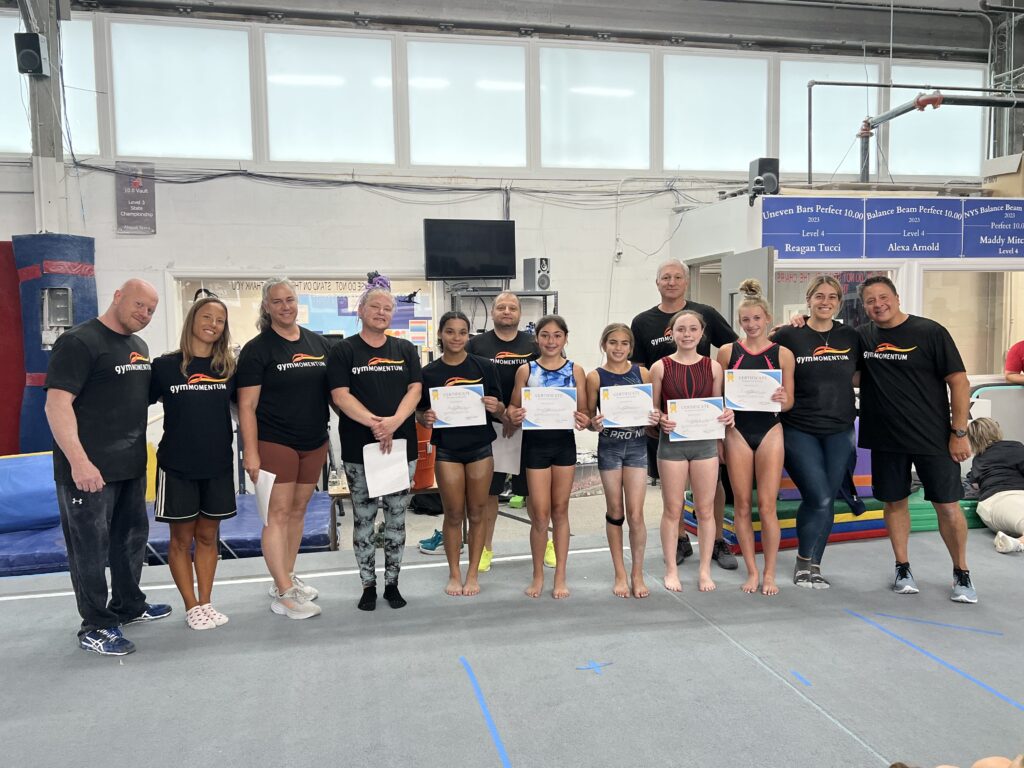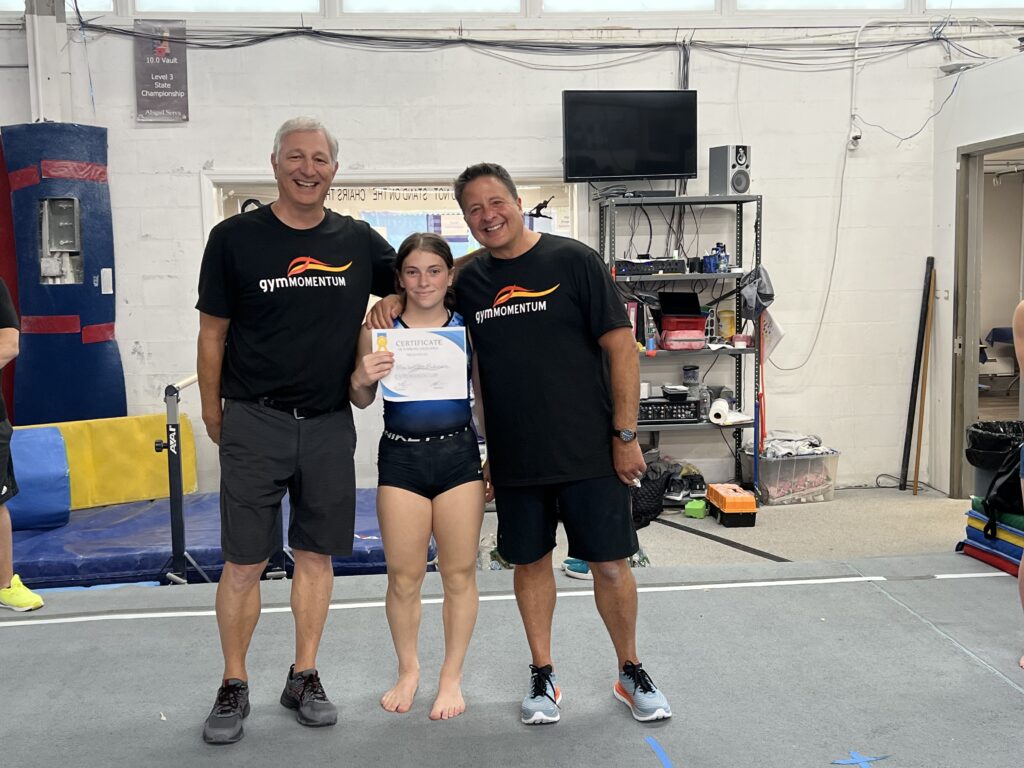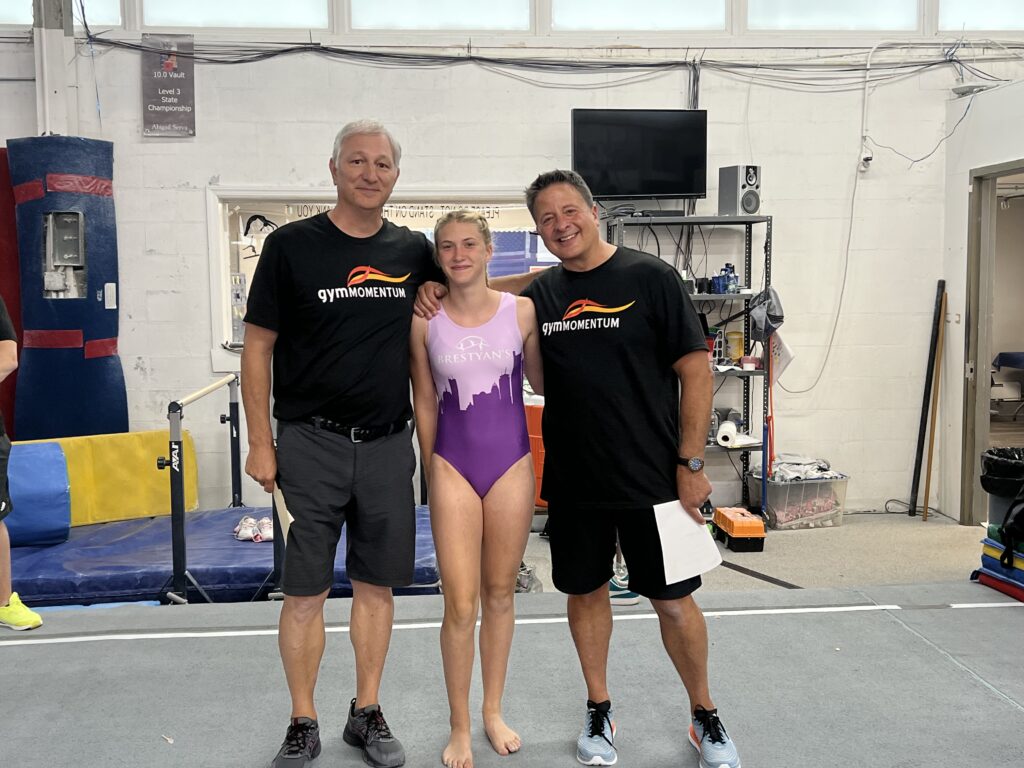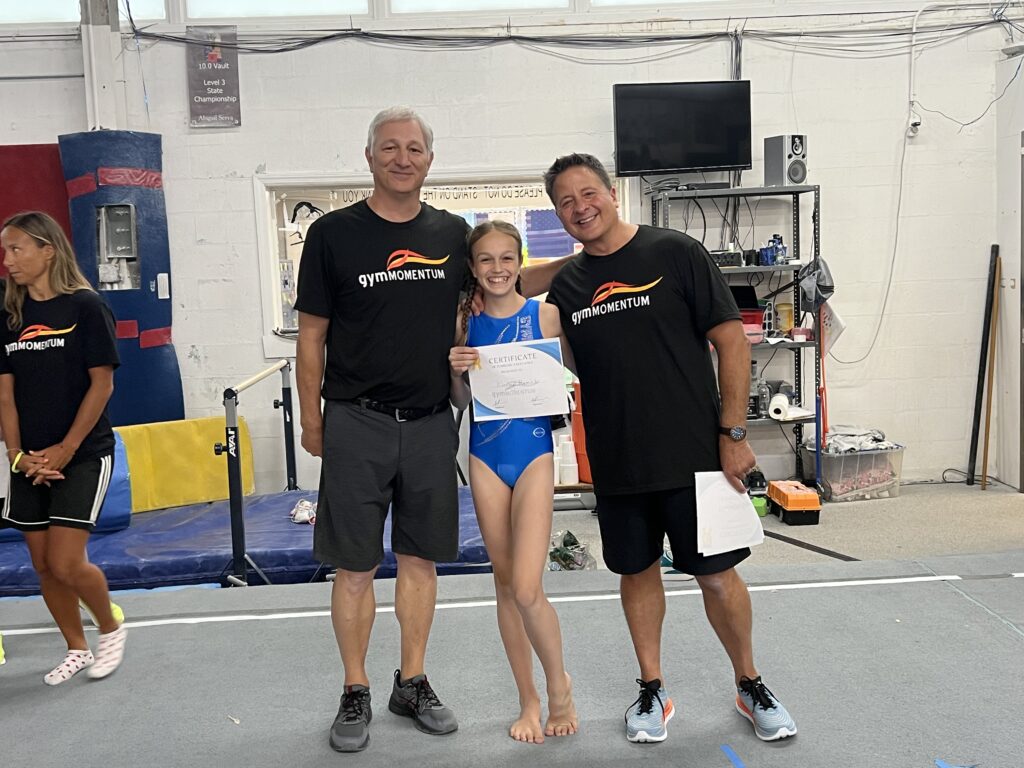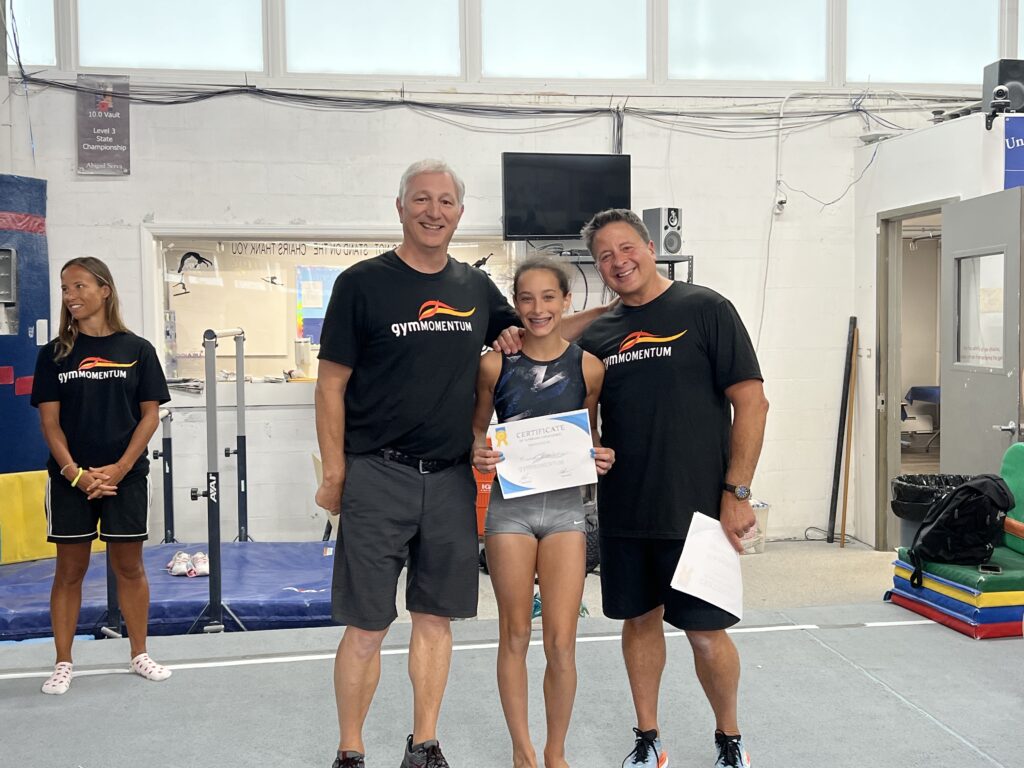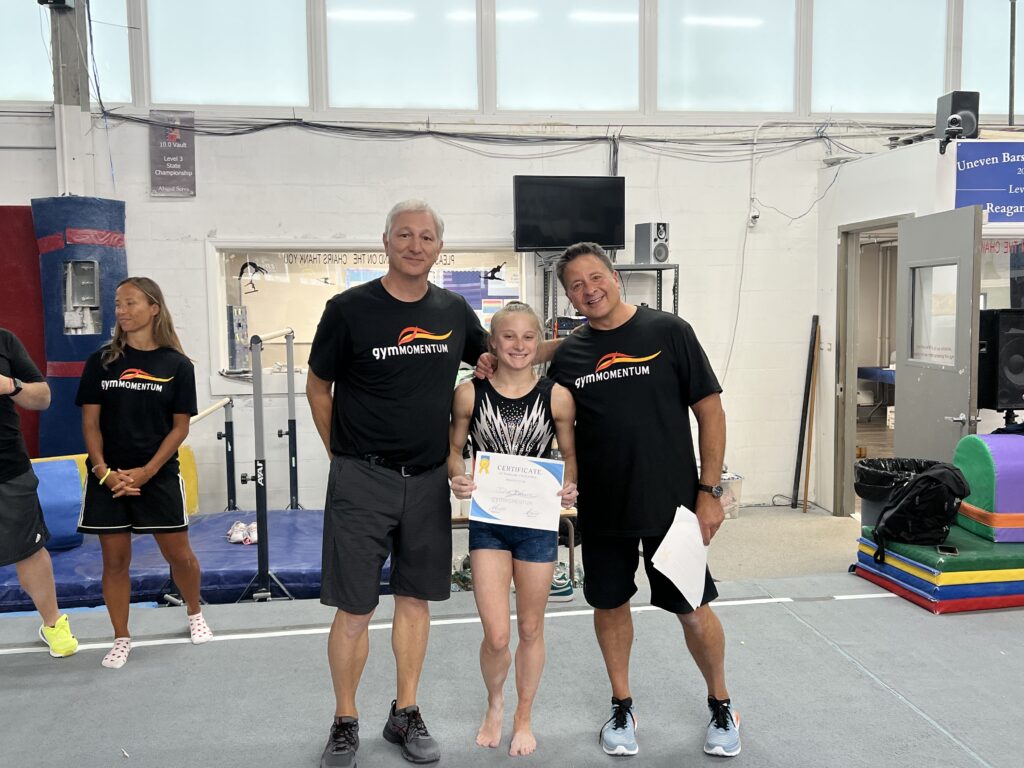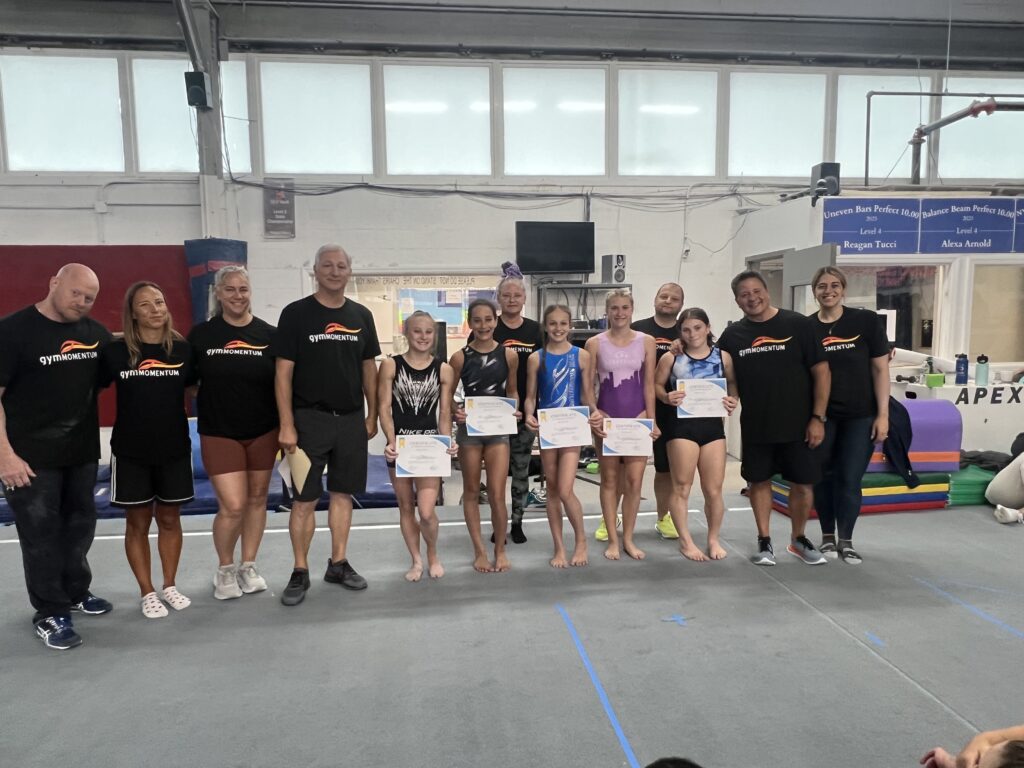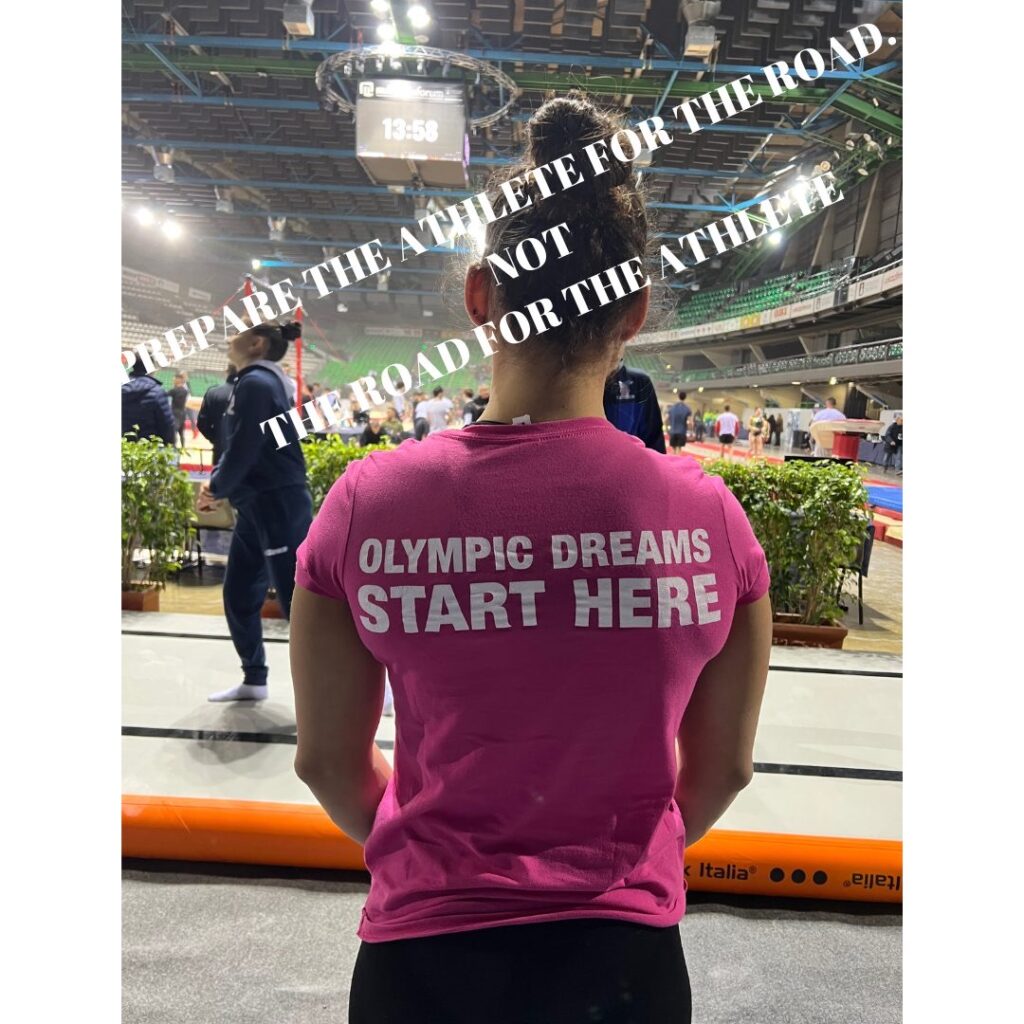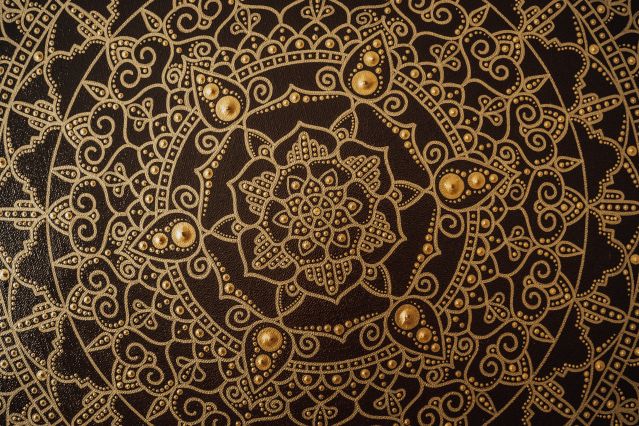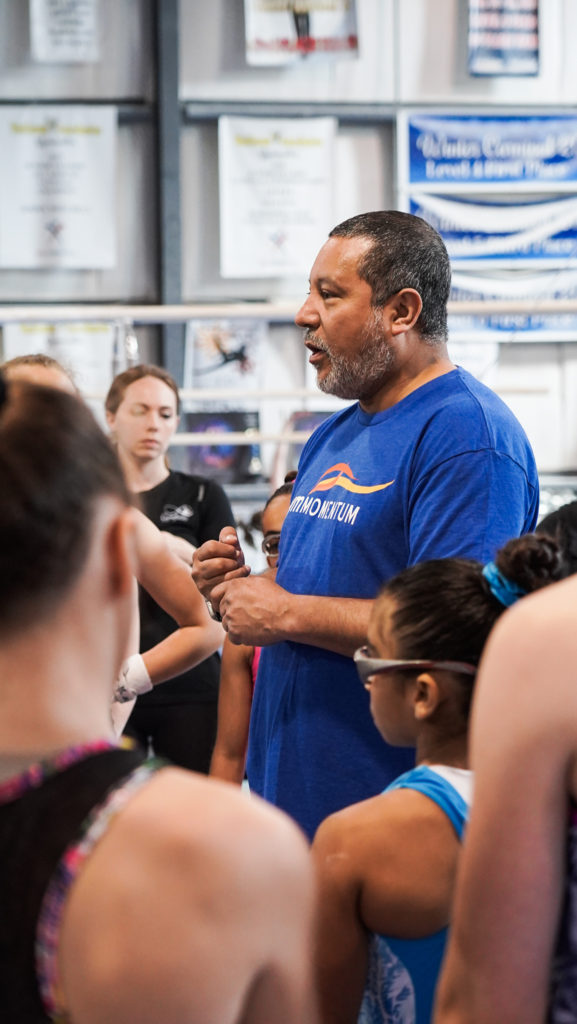Alberta Gymnastics Federation High Performance Camp. November 2024

In order to get the most out of our time together I wanted to give my plan for the weekend and my expectations.
UNEVEN BARS PLAN, EXPECTATIONS, and RESOURCES.
EXPECTATIONS for Training Camp:
I would like All levels to be able to show me at least 1/2 routine (1st 1/2, 2nd 1/2). It is OK if parts are spotted. Please be ready to AT LEAST show me combinations. We have a lot of ground to cover.
For example: The following are IN ROUTINE not individual skills.
Level 8/9 show an upgraded dismount. Can be spotted or into pit.
Level 9 show an upgraded release move. Can (should) be spotted. For example- 1st 1/2 routine with shoot over or Pak (spotted ). 2nd 1/2 with upgraded dismount (spotted or pit)
Level 10 same as level 9
Example Routine: these are JUST examples.
Example: Level 8.
- Kip cast 1/2 pirouette.
- Clear hip handstand.
- Kip cast toe circle around bar. Jump down.
Go over pit
- Kip Cast Hand
- Giant, Giant
- Double tuck. (upgraded dismount)
Example: Level 9
From outside bar-
- Jump to high bar
- Kip Cast handstand
- Clear hip Handstand
- Pak (spotted)
- Kip cast Handstand.
Middle section
- Kip Cast handstand (from inside bar)
- Toe handstand 1/2 pirouette
- Toe shoot to high bar.
Go over pit
- Kip cast Hand
- Giant 1/2
- Front giant 1/2
- Open double tuck. Etc.
What has made me successful at the National and International level is having a plan. Both LONG and SHORT term planning as well as designing a practice schedule to be efficient and have the gymnasts prepared for competition.
LONG TERM PLAN, 4+ years. What skills will a gymnast need to be able to compete at the next Olympic Games.
SHORT TERM PLAN, What skills will a gymnast need to be able to compete this season.
PRACTICE PLAN, This is more specific to your gym as well as individual gymnasts. How many hours do you have to train a day? A week? How much or a work load can your gymnast handle physically? Mentally and emotionally?
Tony’s 10 commandments for Bars.
- NEVER be out of Routine shape.
- Have your dismount FIRST. Maybe a year before the routine.
- Master the Basics then hit them every day.
- Strap Bar is an event.
- Pick the right skill for the right kid. (a gymnast who has fear of back tumbling on floor is probably NOT going to be a Tkatchev kid)
- HANDSTANDS- everywhere, every day.
- Don’t paint yourself in to a corner. (ie. you do not teach a back flyaway, you teach a front and double front- if the double front gets devalued or a gymnast has a growth spurt and now has trouble with the front swing- what do you do?)
- Introduce them to every skill they may need by 13 years old.
- Have a plan and a back up plan
- Let them play.
Every skill of value starts with a great basic circling element. In a race to put together a routine we have a tendency to chase the skill before we have established a truly great base element.
- Clear hip.
- Toe handstand. (front and back)
- Stalder. (Legs together and straddle) (front and back)
- Giants Back and Front.
What ever the base skill is for your goal element you MUST be able to do 4-5 in a row consistently. Do it first on STRAP BAR
I will continue to add to this until the day of the clinic so you may want to check back for additional resources.
Some thoughts from my plane ride in. Updated November 6. 2024
My plan for uneven bars is that the gymnast needs to be 1+ season ahead for their dismount. Because it comes at the end of their routine there is a certain amount of endurance they need. They will already be fatigued from their routine, they should just be able to let muscle memory takeover.
You must have a truly great base if you are going to build on it. All circles start on strap bar. Progress to 3-5 in a row.
Then they must be able to do 3-5 in a row on the bar before you add to it (adding a pirouette or a release).
While they are perfecting circles we are doing tramp/ TT drills for releases and pirouettes.
Things to remember-
Teach them to throw and catch.
Teach the body shape early. Continue to reinforce them. Teach them how to use them.
1. Hect action skills
- Tkatchev (giant)
- Ray (toe hand)
- Hindorf (clear hip)
- Ricna (stalder)
Shaposhnikova
Maloney
2. Jaeger
3. Gienger
I tend to teach 1 and 2 at the same time because they share some actions. #1 has so many uses and can be done either way. The Jaeger is great because it covers the requirement for undergrip skill and can be taught in either under or “L” grip.
Prerequisite will always be a GREAT base skill. 3-5 x in a row.
OPEN skills teach from a swing. It forces the correct tap and then when you want to use it in combination it is already there.
Group 1 (Hect)
Stage 1
- Back extension roll hop.
- TT Bar Hop
- Straddle roll grab
Stage 2
- Back Extension Roll off mat kick back (almost a bridge)
- Back drop to stomach drop (straight)
Stage 3
- Base skill to hop
- TT bar flight to back
- Back drop to stomach drop (Straight) catch noodle
- Jump Back off bar catch
Stage 4
- With flight over bar no catch
Group 2 (Jaeger)
Stage 1
- Forward roll to handstand undergrip
- Stomach drop with TT bar
- Pike or straddle roll grab
Stage 2
- Forward roll to HS in undergrip Hop change
- Sushinova off beam or mat to floor
- Front layout sit up on bounce handstand
- Stomach drop on TT bar hop off.
Stage 3
- Gainer front off TT into pit
- Front kaboom on tramp (3/4 layout. Sit up)
- Back drop front pike tramp
- Jump Back off bar catch
Stage 4
- Spotted Front giant with release to straight. Eyes on bar
- Front Kaboom sit up and catch noodle
- Front layout sit up catch noodle on Bounce HS
- Front 1.25 on tramp
Stage 5
- Spotted jaeger from swing. (Grip doesn’t matter)
Group 3
Stage 1
- Layout flyaway from swing
- Leaf drop
Stage 2
- Layout flyaway to back from swing
- Leaf drop 1/4
- Layout on tramp jump 1/4
- Cruise on Tramp
Stage 3
- Continue with layout flyaway from swing
- Leaf drop 1/4 catch noodle
- Gainer off tramp or TT
- Cruise on tramp catch noodle
- Back kaboom
Stage 4
- If you have a trench bar- Layout flyaway to stand on side of pit
- Gainer w/ 1/4 twist off tramp or TT reach back
- Kaboom layout 1.25 to stomach. Catch noodle.
